Cost Efficiency
Cost efficiency remains a pivotal factor in the Lightweight Precast Wall Panel Market. The use of lightweight precast panels can significantly reduce labor and material costs, making them an appealing choice for construction projects. These panels require less time to install compared to traditional building methods, which translates to lower overall project expenses. In 2025, the market is expected to grow by approximately 10 percent, driven by the increasing need for cost-effective building solutions. Additionally, the durability and low maintenance requirements of lightweight precast wall panels contribute to long-term savings for property owners, further enhancing their attractiveness in a competitive market.
Regulatory Support
Regulatory support is increasingly shaping the Lightweight Precast Wall Panel Market. Governments are implementing policies that promote the use of innovative building materials and sustainable construction practices. Incentives for energy-efficient buildings and stricter building codes are encouraging the adoption of lightweight precast wall panels. In 2025, it is anticipated that regulatory frameworks will continue to evolve, fostering a more favorable environment for the market. This support not only enhances the credibility of lightweight precast panels but also encourages investment in research and development. As regulations become more stringent, the demand for compliant building solutions is likely to rise, positioning the lightweight precast wall panel market for sustained growth.
Urbanization Trends
Rapid urbanization is a key driver for the Lightweight Precast Wall Panel Market. As populations migrate towards urban centers, the demand for housing and commercial spaces escalates. Lightweight precast wall panels offer a practical solution to meet this demand due to their quick installation and cost-effectiveness. In 2025, urban areas are projected to account for over 60 percent of the global population, necessitating innovative construction solutions. The lightweight nature of these panels allows for efficient transportation and installation, making them an attractive option for developers. This trend is likely to propel the market forward, as urban planners seek to address housing shortages and infrastructure needs.
Sustainability Focus
The Lightweight Precast Wall Panel Market is experiencing a notable shift towards sustainable construction practices. As environmental concerns gain prominence, builders and developers are increasingly opting for materials that minimize ecological impact. Lightweight precast wall panels, made from recycled materials and designed for energy efficiency, align with these sustainability goals. The industry is projected to grow as regulations favor eco-friendly construction methods. In 2025, the demand for sustainable building materials is expected to rise by approximately 15 percent, indicating a robust market potential for lightweight precast wall panels. This trend not only enhances the appeal of projects but also contributes to long-term cost savings through reduced energy consumption.
Technological Advancements
Technological innovations are significantly influencing the Lightweight Precast Wall Panel Market. The integration of advanced manufacturing techniques, such as 3D printing and automated production processes, enhances the efficiency and precision of panel fabrication. These advancements lead to reduced waste and improved quality control, which are critical factors for construction projects. In 2025, the market is anticipated to witness a growth rate of around 12 percent, driven by these technological improvements. Furthermore, the adoption of Building Information Modeling (BIM) facilitates better project management and collaboration among stakeholders, thereby streamlining the construction process and reinforcing the market's growth trajectory.


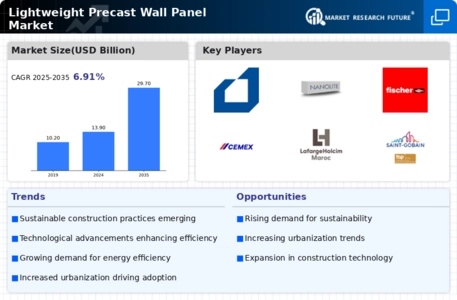

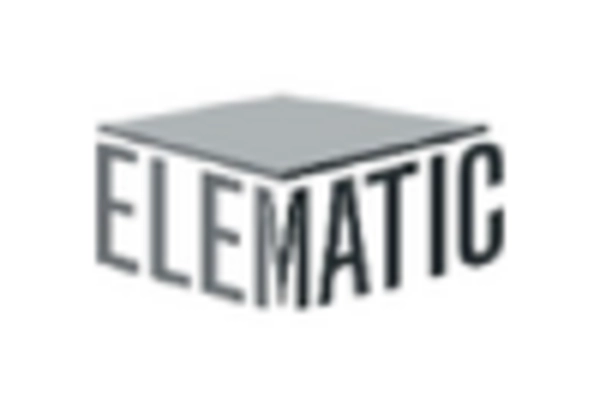
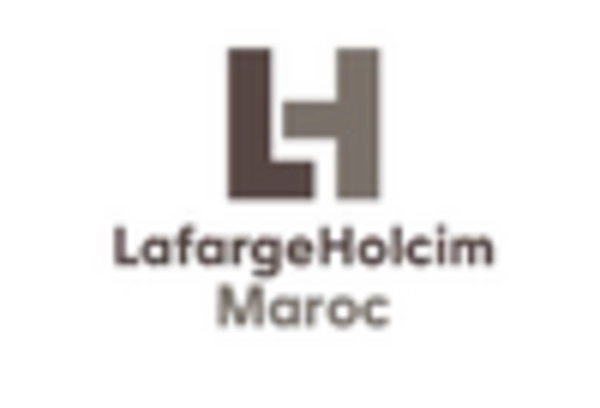

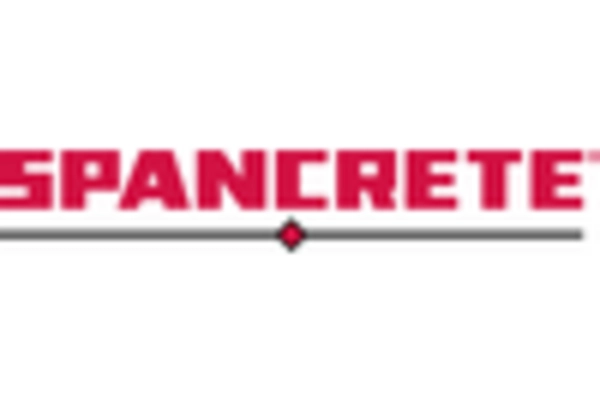
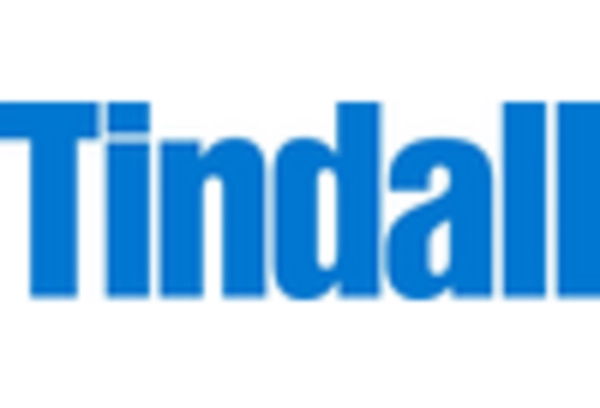








Leave a Comment